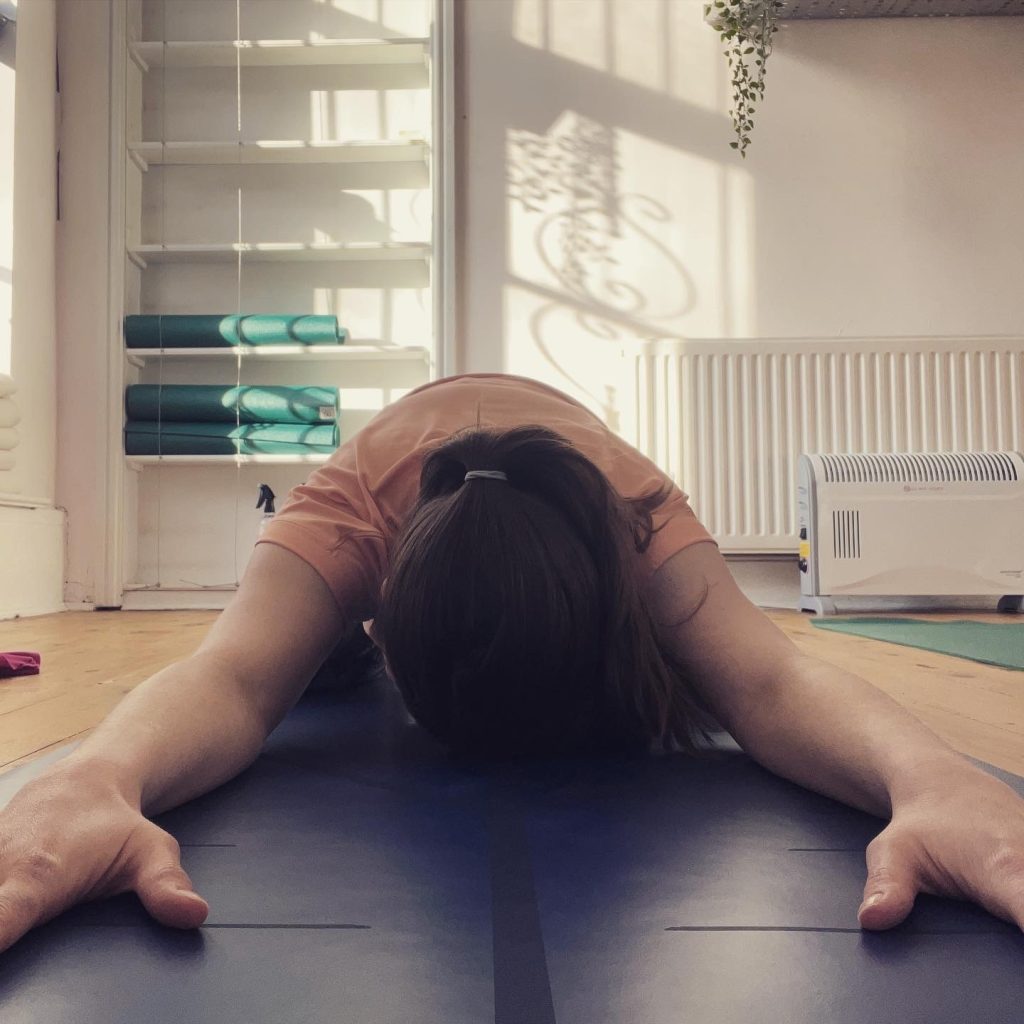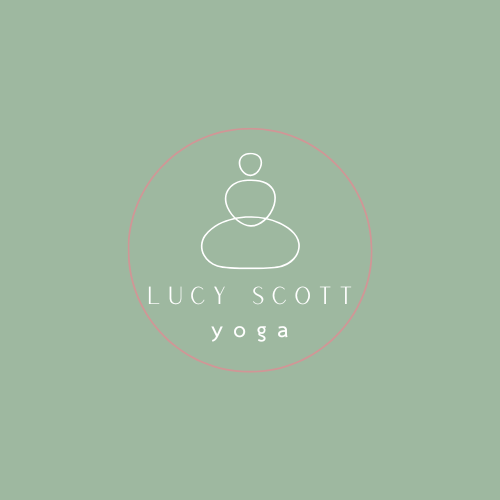
What’s the difference between Restorative and Yin Yoga?
At Lucy Scott Yoga we offer pop-up yin and restorative classes to help you tap into stillness, connect with your body and deeply relax. But what is the difference between the two? Both Restorative and Yin yoga involve holding poses for more than a few rounds of breath but for minutes at a time. They both stimulate the parasympathetic nervous system (promoting rest and digest). But there are some differences between the two.
Restorative Yoga
Some of the benefits of Restorative yoga include increased blood circulation, reducing stress and promoting good quality sleep.
Restorative yoga poses, if done correctly, should feel like you are doing nothing at all! By using props such as blankets and bolsters, the joints of the body are held comfortably and you will feel completely supported. From there you can let your mind and body relax into the pose.
Before each pose, we take our time to set up for it. I will give the instructions slowly and clearly and you can always adjust if something doesn’t feel quite right for you. One of the great things about Restorative (and Yin) yoga is that each student is in complete control and can really make the poses their own.
Once you’re in the pose, get comfy and allow yourself to R E L A X. You can hold a restorative pose for anywhere from 5 to 10 to 30 to 40 minutes… It’s all about listening to what feels good in your body.
Yin Yoga
Yin is helpful for increasing flexibility as well as clearing stagnant energy in the body.
Similar to Restorative yoga, Yin gives you time to be calm and settle into your body. By allowing time for space and stillness, you allow your body the opportunity to tell you what is going on within.
In a Yin pose, we apply a gentle stretch to the muscles (this is sometimes referred to as finding the “edge”): you should feel a ‘good’ stretch, but not any pain. Then, by holding the pose for a few minutes and connecting with the breath, the tissues may start to soften.
Similar to Restorative, we use props to help us find the good stretch. An example of a Yin pose could be a supported forward fold. By placing a bolster between the legs, letting hips hinge forwards and the head can rest on the bolster, the hands or on a brick placed on the bolster. This would help stretch the hips and inside of the thighs. It would also focus on the liver meridian. In Yin, the poses work with energy channels in the body known as meridians. A teacher can choose a particular channel (like the liver or the stomach) and plan the class around that area.
Sometimes, Yin and Restorative yoga have a reputation for being ‘easy’ as they don’t have the dynamic flow of Vinyasa or the non-stop jumps of Ashtanga. However, they do have their own challenges. You have to be comfortable to sit in the stillness of the pose and be alone with your thoughts. Sometimes I have classes where I find I can empty my mind and soften into each pose easily; and there are some days where I really struggle to turn off the internal stream of mental chatter. I can be physically still but mentally? That’s a whole other ball game.
But, as with anything, it is about practise and learning what works for you and what doesn’t, and being accepting of the times when it doesn’t work.
Restorative and Yin classes can be a really great part of your yoga practise as a whole. Iyengar students see restorative classes as a fundamental part of their yoga and I agree – we all need to have the stronger classes to get the blood flowing and to build strength. But it is always good to give yourself time and permission to find stillness, and time to relax.
Would you like to try a class? Check out Class Information to see when the next Pop-Up date is!
Category: Restorative Yoga, Yin Yoga, Yoga for mental health
